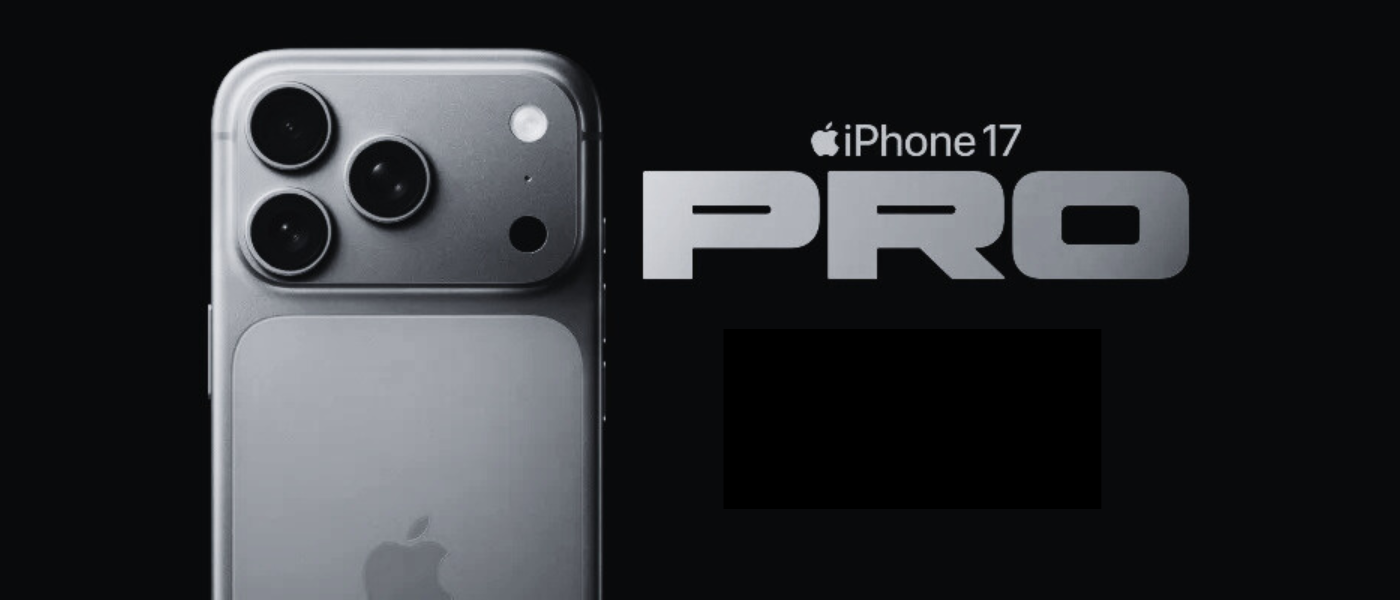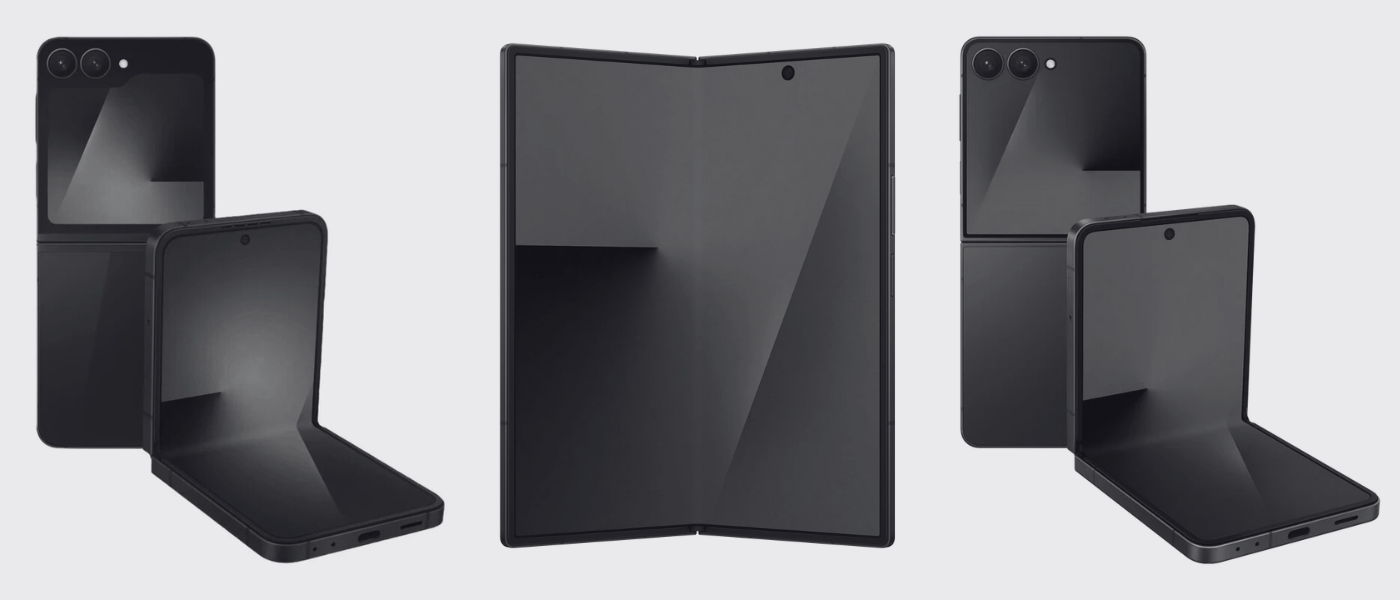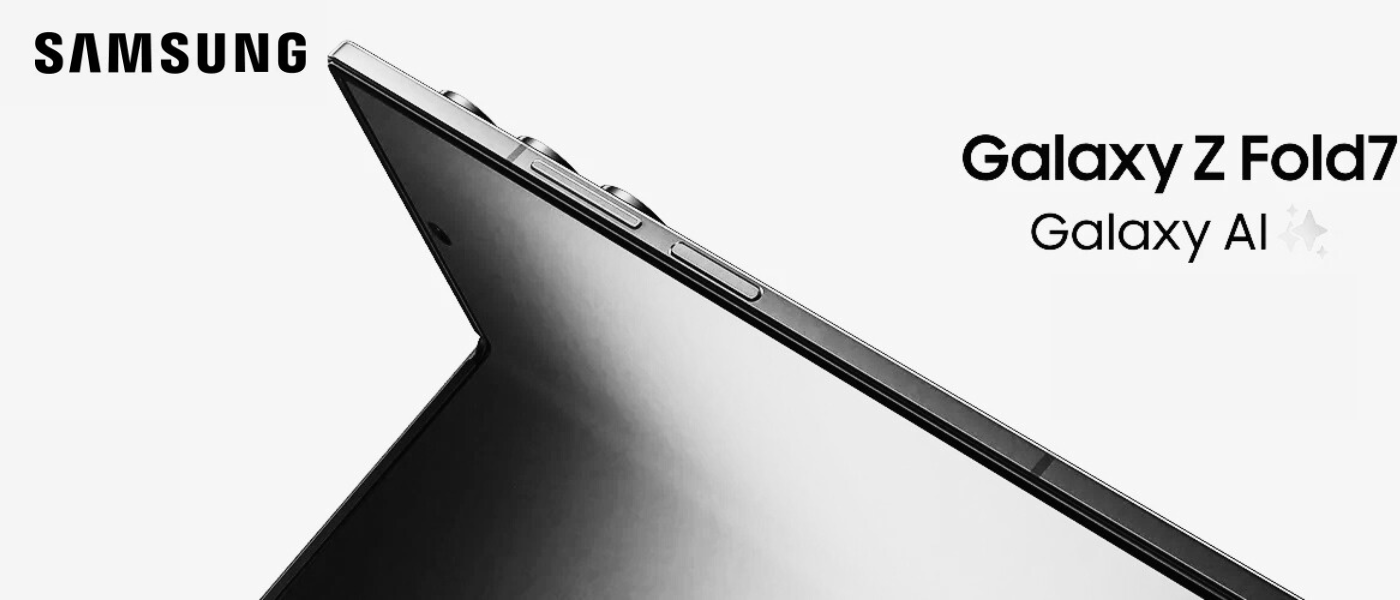In today's digital age, our smartphones have become the primary tool for capturing and storing precious memories in the form of photos. However, the vulnerability of digital files and the risk of data loss due to device failure, theft, or accidental deletion can leave us devastated. That's why it is crucial to take proactive steps to protect and back up our smartphone photos. In this comprehensive guide, we will explore the best practices and tools for safeguarding your smartphone photos on both Android and Apple devices.
The Importance of Backup
Understanding the value of your photos is crucial, as they encapsulate irreplaceable moments and memories, be it a family vacation, a significant event, or an impromptu snapshot. These visual mementos hold immense sentimental value, making their protection a paramount concern. Recognising this intrinsic value is the initial step towards prioritising the safeguarding of your precious photos.
However, your smartphone photos are not immune to risks, and they can fall victim to various potential hazards. These risks encompass the loss or theft of your device, hardware malfunctions, accidental deletions, and software glitches. In the absence of a well-thought-out backup strategy, these perils can result in irreversible data loss, leaving you without these cherished memories in the blink of an eye. Hence, comprehending the significance of your photos and the vulnerabilities they face underscores the importance of taking proactive measures to ensure their safety and longevity.
Choosing the Right Backup Solution
When it comes to safeguarding your smartphone photos, there are several options to consider, each tailored to different preferences and needs. Cloud storage services like Google Photos, iCloud, and Dropbox are popular choices, offering convenience and reliability. They facilitate seamless synchronisation across your devices, ensuring that your photos are easily accessible from anywhere and adding an extra layer of protection to your cherished memories.
Take, for instance, Google Drive—a widely used platform that not only offers convenience but also a significant amount of free storage space. Google Photos provides users with 15GB of complimentary backup space, which is often sufficient for many smartphone users to store a substantial collection of photos and videos.
Beyond the free tier, Google offers reasonably priced subscription plans, starting as low as 1.99 Euro per month for 100GB of storage. This affordable pricing model ensures that users can expand their storage capacity without breaking the bank, making it an attractive choice for those who wish to safeguard their memories without a hefty financial commitment.

For individuals who prioritise physical backups and want to keep their photos offline for added security, external hard drives like the Seagate USB 3.0 4TB External Basic Portable Hard Drive provide a reliable and portable solution. These devices not only protect your photos from potential data breaches but also grant you quick and easy access to your photo collection whenever the need arises. It's worth noting that to transfer your photos to a portable hard drive, you'll need a laptop. Alternatively, if your smartphone supports it, you can use a USB-C to USB adapter to connect the portable hard drive and back up all your photos.
For those who place a premium on accessibility and Verbatim Store 'n' Go Portable, Proton Drive stands out as an exceptional choice.
Compatible with both PC and Mac operating systems, the SSD interface is USB 3.2 GEN 1 with USB-C connection for super fast data transfer speeds. The SSD handles large data transfers quickly, ideal for video editing, moving large amounts of data or maximising gaming performance. The pack includes a USB-C to USB-A cable as well as a USB-A to USB-C adapter for connection to a range of devices.
The Store 'n' Go Portable SSD uses flash memory storage, offering fast speeds and high performance. SSDs have no moving parts which make them more reliable, completely silent, and use less power!
Lightweight, slim and portable, the Store 'n' Go SSD was designed for laptop users. At only 7mm thick, this SSD will fit neatly into your laptop bag pocket so you can keep it with you at all times. Its compact design helps to withstand everyday knocks and bumps to keep the drive working wherever you are.
The Best Practices for Smartphone Photo Backup
Enable Automatic Backup: To ensure the continuous protection of your smartphone photos, enable automatic backups whenever possible. This feature eliminates the risk of forgetting to manually back up your photos regularly, ensuring that your memories are consistently preserved without any additional effort.
Regularly Check Backup Status: Make it a habit to check the backup status of your smartphone photos periodically. This allows you to identify any issues or errors in the backup process and take corrective measures promptly. By staying vigilant and proactive, you can ensure that your photos are safely stored and readily accessible when needed.
Optimize Storage: Smartphone storage capacity can quickly fill up with photos, leading to limited space for new captures. To address this concern, take advantage of features like Google Photos' "Free up space" or iPhone's "Optimize Storage." These tools automatically remove local copies of backed-up photos, freeing up space on your device. By optimizing storage, you can maintain an organized photo library while preventing storage-related issues.
Additional Security Measures
To bolster the security of your smartphone photos and backups, there are several essential measures to take. Firstly, enable two-factor authentication for your cloud storage accounts. This additional security layer requires a verification code in conjunction with your password, ensuring that only authorised individuals can access your valuable backup data.
Consider encrypting your smartphone photos and backups to enhance their security. Encryption scrambles your data, making it inaccessible to unauthorised parties. Both Android and iOS devices offer built-in encryption options to safeguard your files. Proton Drive, known for its commitment to user privacy, is an excellent solution that offers robust encryption features to protect your data.
Lastly, secure your smartphone itself with a strong password, PIN, or biometric authentication like a fingerprint or facial recognition. This measure prevents unauthorised access to your device, providing an additional layer of defence for your photos and other sensitive information. By implementing these security practices, you can rest assured that your smartphone photos and backups remain well protected against potential threats and breaches.

Managing and Organizing Your Photos

When it comes to managing and organizing your smartphone photos, several effective strategies can help keep your digital memories well-structured and easily accessible. Start with folder organization; maintaining a structured folder system ensures that your photos are neatly categorized, making it a breeze to locate specific images and facilitating efficient backups or transfers when needed.
Additionally, leverage the tagging and metadata features provided by your smartphone's photo app. Incorporating tags, descriptions, and location data into your photos enhances their searchability and simplifies effective organization. This method allows you to quickly find and group related images, whether by event, location, or theme.
Furthermore, before proceeding with the backup process, consider photo editing and archiving. Weed out duplicates, apply necessary enhancements, and create albums or collections to streamline your photo library. This approach ensures that only quality photos are stored, optimizing the overall organization of your digital image collection. By implementing these practices, you'll have a well-organized and easily manageable repository of smartphone photos at your fingertips.
Recovering The Lost Photos
In the event of lost photos, there are options available to recover your precious memories. First, cloud storage services offer a convenient solution. If you've backed up your photos to the cloud and experienced a loss of your smartphone or data, signing into your account on a new device typically allows you to retrieve and restore your backed-up photos seamlessly.
However, for more challenging situations, such as severe data loss or accidental deletion without a backup, professional data recovery services can be a lifesaver. These specialised services excel in recovering lost data from various devices, including smartphones. When all else fails, turning to data recovery experts can often salvage photos and files you feared might be gone forever, offering a potential lifeline to your cherished memories.
In summary
Your smartphone photos are invaluable memories that deserve protection. By implementing a robust backup strategy, utilizing secure storage solutions, and practicing good photo management habits, you can safeguard your photos and enjoy peace of mind. Remember to regularly review and update your backup system to adapt to changing storage needs and advancements in technology. Preserve your memories and ensure that your smartphone photos are protected for years to come.
Safeguard Your Smartphone Photos FAQs:
How much storage do I need for my smartphone photos?
The storage needed for your smartphone photos depends on factors such as the resolution of your photos and the frequency of your captures. Assess your storage needs and choose a backup solution that accommodates your requirements.
Can I access my backed-up photos offline?
Cloud storage services often provide offline access to your backed-up photos. However, it's essential to check the specific features and limitations of your chosen service to ensure offline accessibility.
What's the best backup solution for smartphone photos?
The best solution depends on your preferences. Cloud storage services like Google Photos offer convenience, while external hard drives provide offline security. Proton Drive offers privacy-focused cloud storage.
Are cloud storage services safe for backing up photos?
Yes, reputable cloud storage services offer secure data storage. Ensure you use strong passwords and two-factor authentication for added security.
Can I trust data recovery services to retrieve lost photos?
Professional data recovery services specialize in retrieving lost data, including photos. However, it's important to note that the cost of these services can be very high, and success is not guaranteed. The outcome may depend on the extent of data loss and the condition of your device.










